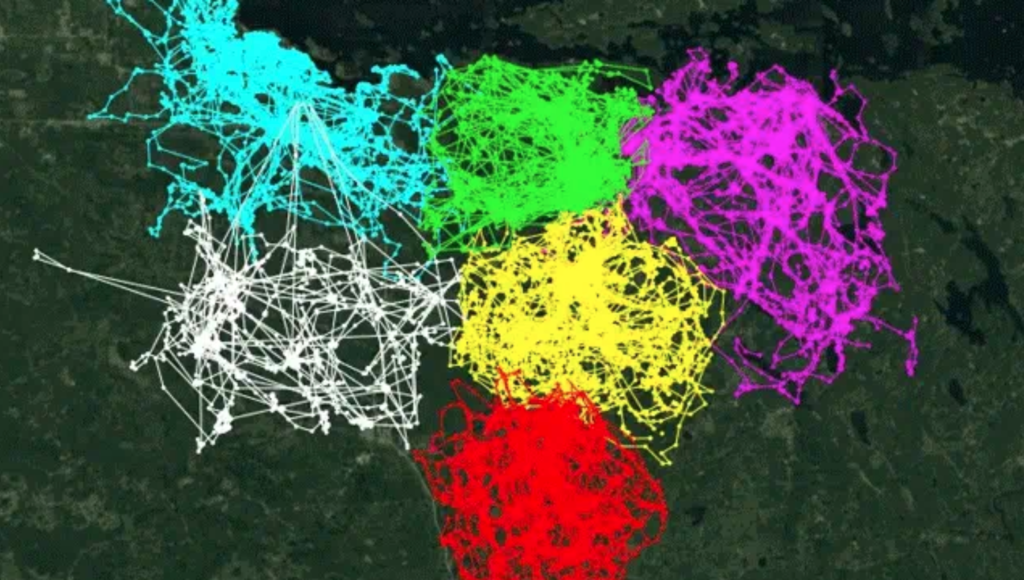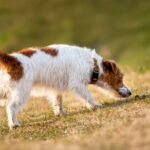When we look at our dogs, especially if they’re a smaller breed, it’s hard to imagine that they descend from wolves. But these majestic canines are the reason that we have our beloved pooches today. Wolves are fascinating creatures and for as much as we know about them, there is still so much to learn.
A research team in Northern Minnesota has been studying wolf packs living at the Voyageurs National Park since 2015. The Voyageurs Wolf Project has been responsible for collecting important data on wolf pack movement, in addition to other inter-pack dynamics. They’ve managed to do this thanks to the use of GPS collars. And the results have been pretty interesting. Just last summer, there were 7 wolves from different packs that were tracked using GPS. The collars recorded the wolves’ locations every 20 minutes – that data added up to 72 locations per day!
The data was quite telling. As a post from the Voyageurs Wolf Project revealed, “This detailed GPS-data is incredibly valuable for understanding pack boundaries and also for our predation research.”
The post further added, “We visited every spot these wolves spent more than 20 minutes to determine if the wolves made a kill. This required an estimated 5,000 miles of hiking this past summer from our field crew!!”
Here is some evidence for how territorial wolves are. This map is the result of 68,000 GPS-locations from 7 wolves in…
Posted by Voyageurs Wolf Project on Saturday, December 1, 2018
Back in December, the Voyageurs Wolf Project published a map that showed the wolves’ movements during the season. Recently, they released the same map but with an animated time-lapse in order to show just how the wolves were able to mark their own paths and create territories for themselves. It was truly fascinating.
As the team shared to Facebook, each wolf pack consists of about five wolves. Additionally, each pack’s territory expands to be roughly 60 square miles. Most wolves aren’t very territorial. Because of this fact, wolves normally won’t cross over into the territory of another pack. If a wolf were to cross into territory belonging to someone else, then it could result in a fight between the pack leaders. These fights commonly are fights to the death.
The team did have an interest in wolves as people asked their questions about them. One person was asked about the “white” wolf’s movements which were pretty erratic.
The researchers replied on Facebook, “The ‘white’ wolf was a yearling meaning that it was probably exploring the area outside of its territory because it probably will disperse here shortly. It is common for wolves to make movements like this before they actually disperse. Wolf biologists call these movement ‘extra-territorial forays’ and it is a way for the wolf to gather information on the great beyond!”
There is so much to learn about these animals as they are such complex creatures. What do you think about the wolves and their new research?











